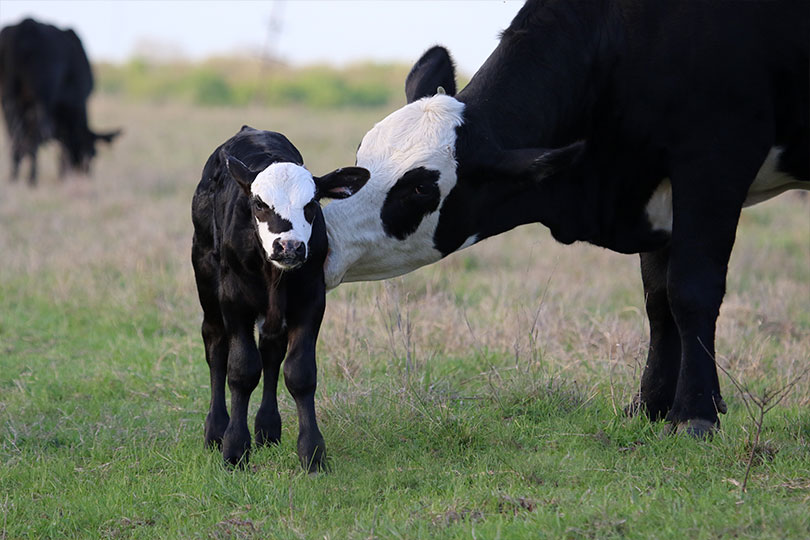By Jessica Domel
Multimedia Reporter
There’s another tool—a website—to help ranchers track and diagnose Bovine Viral Diarrhea Virus (BVDV).
The website, BVDVtracker.com, has information available on the extremely contagious disease that can infect cattle of all ages.
“You can find information about the disease itself, BVD, what clinical signs you might see, how [persistently infected] calves are formed, how the virus is transmitted, and then we’ve also got a map on there showing where we are doing sampling across the country, and showing how incidents of 1B strain are increasing,” Dr. Peggy Thompson, cattle professional services veterinarian for Boehringer Ingelheim, told the Texas Farm Bureau Radio Network.
BVDV suppresses the immune system of cattle, creating an opportunity for other diseases to take hold.
It can lead to reproductive and respiratory issues.
“The hard thing about BVD is it’s kind of silent, and it’s hard to find. Producers may not know that [their cattle] have BVD,” Thompson said. “The only way to know would be to do some sort of testing to know if they have BVD, unless they’re experiencing issues with their cattle, like a decrease in weaning weights or problems with abortions, poor performance and things like that.”
There currently is no known treatment for cattle that have been infected with BVDV.
“You would maybe choose an antimicrobial to help treat that secondary infection,” Thompson said. “If cattle just get exposed to that virus, and their immune systems are healthy, they can get rid of that virus in a couple of weeks. It’s going to decrease their production during that time, but they should be able to get over it and still perform.”
BVDV mutates and changes constantly, making it difficult to find and treat the correct strain.
“I kind of equate it to the flu virus in humans. We’re always trying to find the right strain,” Thompson said.
There are two different types of BVDV—1A and 1B.
“What we’ve seen over the past 20 years, 1B is increasing and in 2019, basically 78 percent of the time we’re finding that type 1B,” Thompson said.
The virus is often spread from cattle to cattle.
“If you’ve got a calf that’s got an active infection of BVD, he’s going to spread that in any of his secretions and affect his herd mates,” Thompson said. “If a cow gets exposed to BVD while she’s pregnant in an early gestation timeframe, that BVD virus can affect that fetus, and that fetus can be born persistently infected with BVD.”
A calf born with BVDV may look normal, but it is constantly spreading BVDV to herd mates.
Those cattle are called “persistently infected,” or PI calves.
Controlling those PI calves is part of a three-fold plan Thompson recommends for ranchers to curb the spread of BVDV in their herds.
“It’s testing and trying to eliminate the PIs that are in your herd, which you can do through blood samples, ear notches or even looking through it in the milk and the dairy industry,” Thompson said.
The second tier is biosecurity.
“A lot of the herds probably don’t have BVD, but they could easily bring it in with the purchase of new cattle or the purchase of bred cattle,” Thompson said. “Make sure you keep a closed herd or monitor new additions.”
The third tier includes vaccinating cows prior to breeding to prevent PI calves and then vaccinating calves, so if they are exposed to BVDV, it’s easier to fight it off.
More information about BVDV and preventative measures can be found at BVDVtracker.com.

